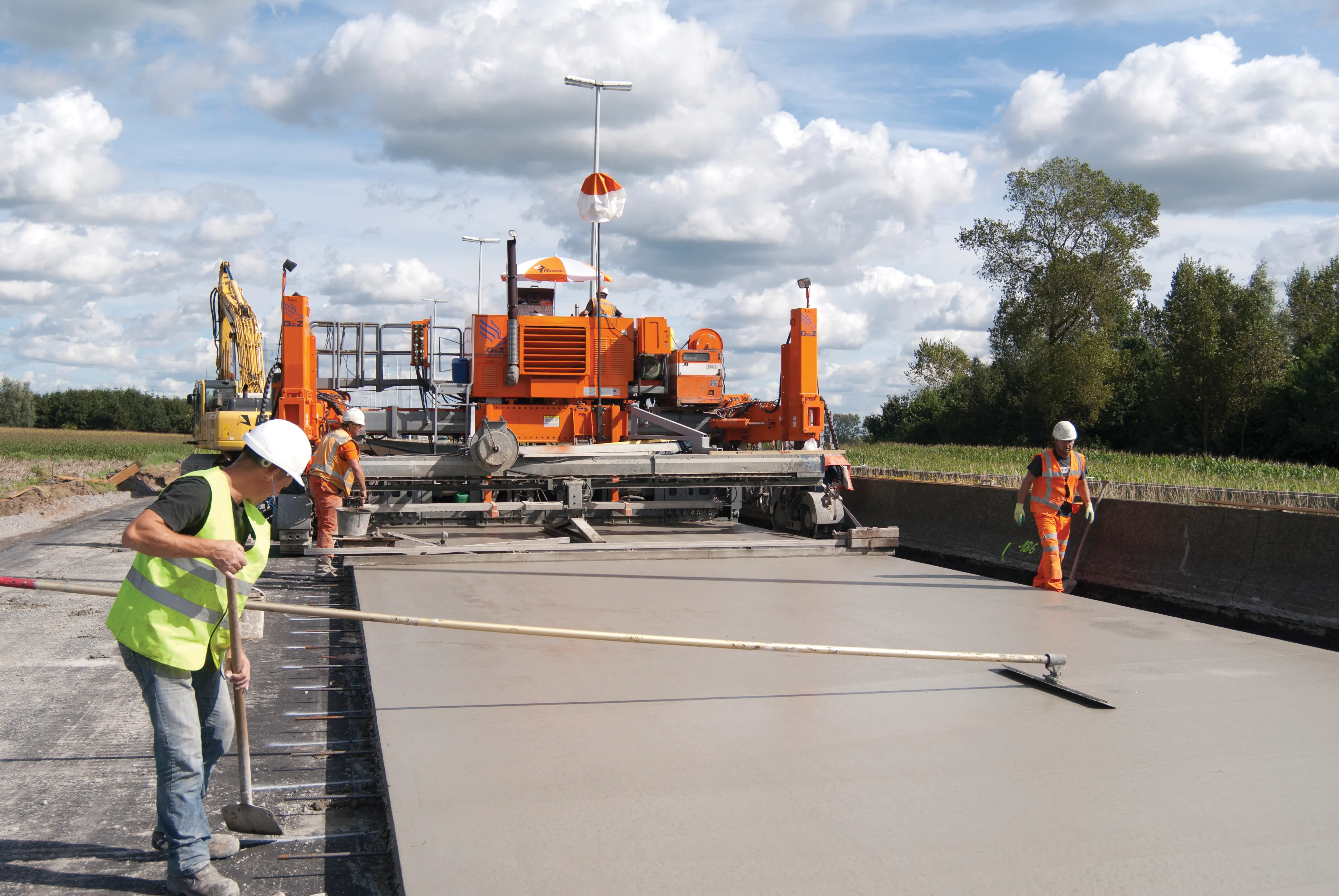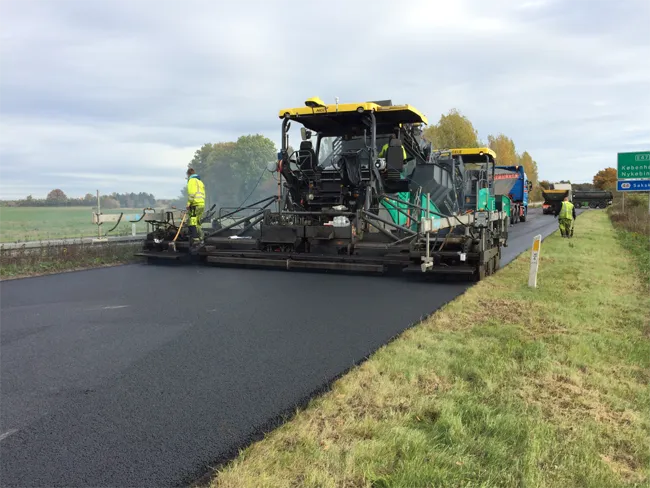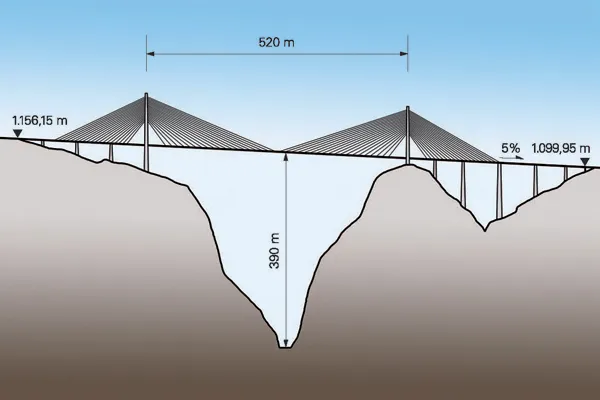Part of an extensive motorway network measuring some 185km, the ongoing Gauteng Freeway Improvement Project (GIFP) is creating a modern, world-class toll route system that provides major impetus to socio-economic growth in South Africa's most populous and commercially active region.
May 8, 2012
Read time: 2 mins

Part of an extensive motorway network measuring some 185km, the ongoing Gauteng Freeway Improvement Project (GIFP) is creating a modern, world-class toll route system that provides major impetus to socio-economic growth in South Africa's most populous and commercially active region.
Being implemented in stages by the3156 South African National Road Agency (SANRAL), these routes radiate outwards from the country's largest city Johannesburg to Pretoria's industrial and residential centres and to all points of the compass.
Already on major N1 and N3 transportation upgrades within Gauteng, previous congestion has now been replaced by free-flowing traffic that is foremost driven by business priorities that are time dependant. So too are the ensuing construction works.
National Route 12 (N12) is one of SANRAL's strategic priorities and it is here that civil engineering contractor3038 Raubex Construction is implementing a ACTFILE LOCATION:
• South Africa
PROJECT:
• National Route 12 (N12)
CONTRACTOR:
• Raubex Construction
EQUIPMENT:
•178 Caterpillar RM500 rotary mixercomplete overhaul on Section 19, an intensive programme running over 30 months.
Three major new interchanges, successive bridge widenings and an east and westbound three-lane highway in either direction will replace the existing N12 dual carriageway system along approximately 10km between the current Tom Jones and Daveyton on- and off-ramps.
The median reserve will be replaced by a central concrete median barrier to make room for the new lanes, which is where the roadworks begin, progressively moving from the inside out to complete the new freeway system.
This is the main access point passing into and out of Gauteng's West Rand region to the agricultural and mining heartland of Mpumalanga province.
Managing high traffic densities together with major road realignments will be just one of a number of challenges that need to be carefully managed. The N12 design calls for an emulsion and cement stabilisation mix for the sub-base layers.
"The N12 contract follows a similar pattern to the SANRAL project we completed in May 2010 for Section 1 of the R21 upgrade, which links OR Tambo International Airport with Pretoria [South Africa's capital]," explains Raubex Construction operations manager, Wouter van der Merwe.
Being implemented in stages by the
Already on major N1 and N3 transportation upgrades within Gauteng, previous congestion has now been replaced by free-flowing traffic that is foremost driven by business priorities that are time dependant. So too are the ensuing construction works.
National Route 12 (N12) is one of SANRAL's strategic priorities and it is here that civil engineering contractor
• South Africa
PROJECT:
• National Route 12 (N12)
CONTRACTOR:
• Raubex Construction
EQUIPMENT:
•
Three major new interchanges, successive bridge widenings and an east and westbound three-lane highway in either direction will replace the existing N12 dual carriageway system along approximately 10km between the current Tom Jones and Daveyton on- and off-ramps.
The median reserve will be replaced by a central concrete median barrier to make room for the new lanes, which is where the roadworks begin, progressively moving from the inside out to complete the new freeway system.
This is the main access point passing into and out of Gauteng's West Rand region to the agricultural and mining heartland of Mpumalanga province.
Managing high traffic densities together with major road realignments will be just one of a number of challenges that need to be carefully managed. The N12 design calls for an emulsion and cement stabilisation mix for the sub-base layers.
"The N12 contract follows a similar pattern to the SANRAL project we completed in May 2010 for Section 1 of the R21 upgrade, which links OR Tambo International Airport with Pretoria [South Africa's capital]," explains Raubex Construction operations manager, Wouter van der Merwe.








